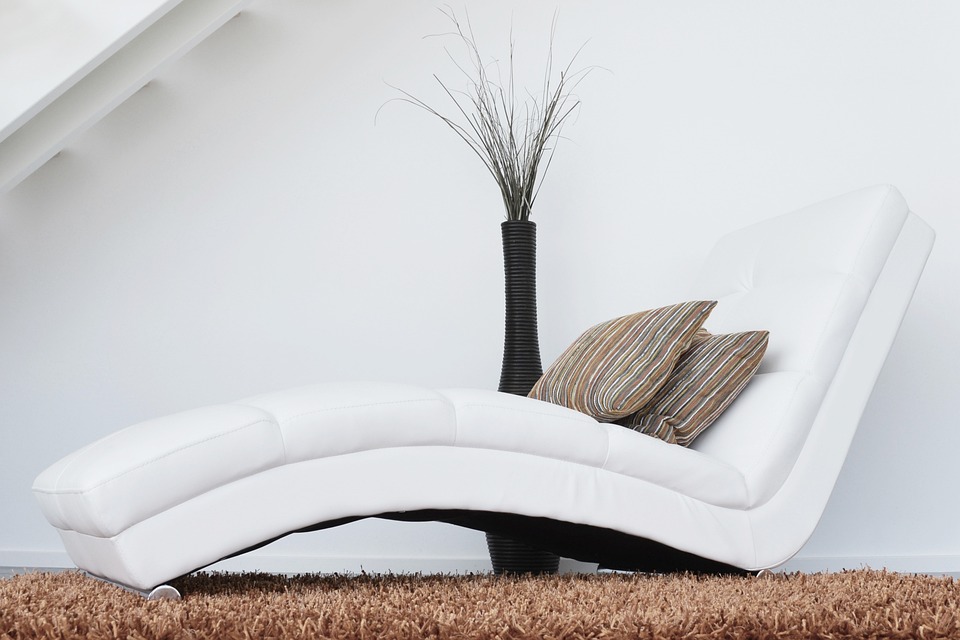Furniture That Lives: The Future of Interior Design

As we continue to witness advances in technology and design, it comes as no surprise that the furniture industry is not exempt from this evolution. Furniture that lives is the latest trend in interior design, where pieces are not just static objects in a room but are interactive and can adapt to the needs of its users. This concept merges functionality with aesthetics, creating a truly unique and innovative experience for homeowners.
The Future of Interior Design
Furniture that lives is a concept that has been gaining traction in recent years, as designers and manufacturers look for ways to create pieces that are not only beautiful but also functional and adaptable. These pieces are designed to not only serve their original purpose but also to evolve and change based on the needs and preferences of its users. From modular sofas that can be rearranged to fit different layouts to tables that can transform into different shapes, furniture that lives is revolutionizing the way we think about interior design.
One of the key benefits of furniture that lives is its ability to maximize space and functionality in a home. With populations growing and urban living becoming more common, space is at a premium. Furniture that lives allows homeowners to make the most of their space by using pieces that can serve multiple purposes and adapt to different situations. For example, a table that can extend to accommodate more guests or a chair that transforms into a bed for overnight guests.
Furthermore, furniture that lives also promotes sustainability and longevity in design. By creating pieces that can adapt and evolve, designers are reducing the need for consumers to constantly replace their furniture as their needs change. This not only saves money in the long run but also reduces the impact on the environment by reducing waste.
FAQs
Q: What materials are used in furniture that lives?
A: Furniture that lives can be made from a variety of materials, including wood, metal, and plastic. The choice of material will depend on the specific design and functionality of the piece.
Q: How do I know if furniture that lives is right for me?
A: If you are someone who values versatility, functionality, and innovation in your home, furniture that lives may be a great option for you. Consider your lifestyle and how you use your space when deciding if this type of furniture is right for you.
Q: Is furniture that lives expensive?
A: The cost of furniture that lives can vary depending on the brand, materials used, and complexity of the design. While some pieces may be more expensive than traditional furniture, the longevity and functionality of these pieces can make them a worthwhile investment.
Q: Can I customize furniture that lives to fit my specific needs?
A: Many manufacturers of furniture that lives offer customization options to fit the needs and preferences of their customers. Whether it be a specific color, size, or feature, you can often work with designers to create a piece that is tailored to your space.
In conclusion, furniture that lives is the future of interior design, offering homeowners a new way to think about their living spaces. By combining functionality, innovation, and sustainability, furniture that lives is revolutionizing the way we furnish our homes. Whether you are looking to maximize space, promote sustainability, or simply add a touch of creativity to your home, furniture that lives is a trend worth exploring.









